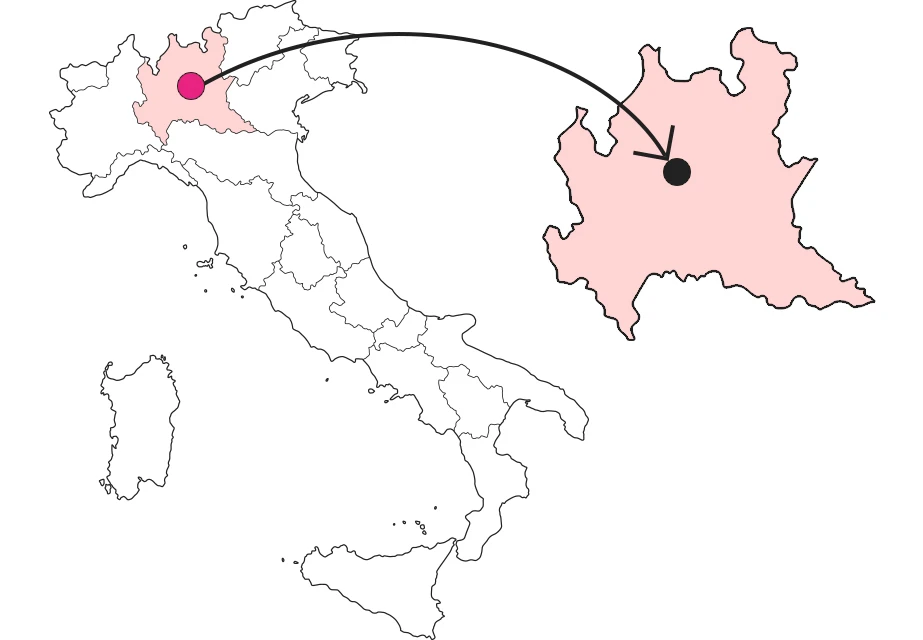



















The frescoes of Santa Maria Assunta in Borgo in Nembro
It is almost hidden from view in the gathered little square, but those who enter find a treasure trove of frescoes



Where

What is it and where is the church of Santa Maria in Borgo
There is a church in Nembro that at first glance is deceptive: the façade is very simple, with a central rose window and two large windows, a pointed arch portal in white stone, a few traces of frescoes on the light-colored plaster. It certainly does not portend the richness inside. Before we enter, however, we take a tour of the exterior: the sides let us see the building material, river pebbles inserted in a fishbone pattern, reinforced at the corners and base by large square stones; the apse has a decorative pattern of triangular bands and pilasters.
Why it is special: a collection of folk art
The interior leaves one astonished. We find ourselves in a nave, divided into five bays by ogival arches, and covered with vivid frescoes, some by important workshops, others by minor artists, commissioned as fulfillment of a vow. The apse wall is by the workshop of the Marinoni, local artists of good hand, and depicts Mary in heaven, the apostles and God blessing, at the sides a beautiful Annunciation.
Not to be missed: hidden details
But poking around the minor paintings reveals tasty details, such as the lively group of female figures in the Visitation, with a woman peeking through the half-open door, or the donkey, survivor of a larger fresco, perhaps evidence of the miraculous healing of an animal so valuable to the work.
A bit of history
Very little is known about the history of the church ; one document mentions it in 1396, but on the facade today the date June 25, 1465 is legible. It commemorates the completion of work begun in 1456 and corresponds to the last major rebuilding. Slightly later are the frescoes. On the other hand, the hammering on the frescoes dates from the 17th century; they were used to adhere the plaster with which they were covered to sanitize the church during the plague epidemic.
Fun fact: Our Lady of Milk.
If you look closely in this church you will see numerous Madonnas of Milk, i.e., depictions of the Virgin while breastfeeding; these are votive offer ings. Women in those days had many children, and at a time when food could be scarce, it was essential to be able to breastfeed them as long as possible, so they turned to Our Lady for mercy. The cult of Our Lady of Milk ceased after the Council of Trent censored sacred images in churches that exhibited nudity. From the second half of the 1500s, nursing Madonnas could no longer be depicted.
Enter the Map of Italy's Undiscovered Wonders and find treasures where you least expect it... Inspire, Recommend, Share...
The Map thanks:
In the Community
Enter the Map of Italy's Undiscovered Wonders and find treasures where you least expect it... Inspire, Recommend, Share...
Where


